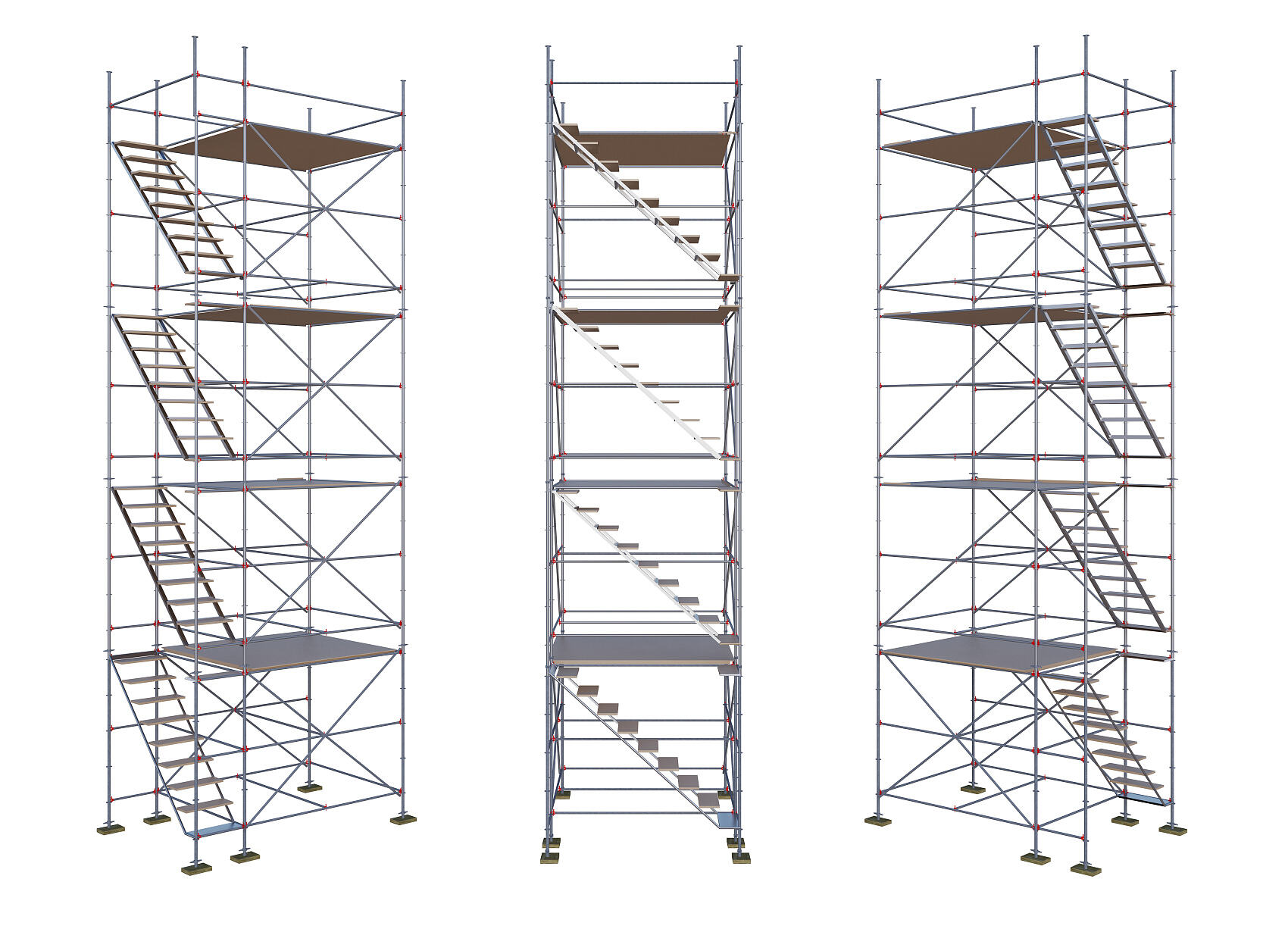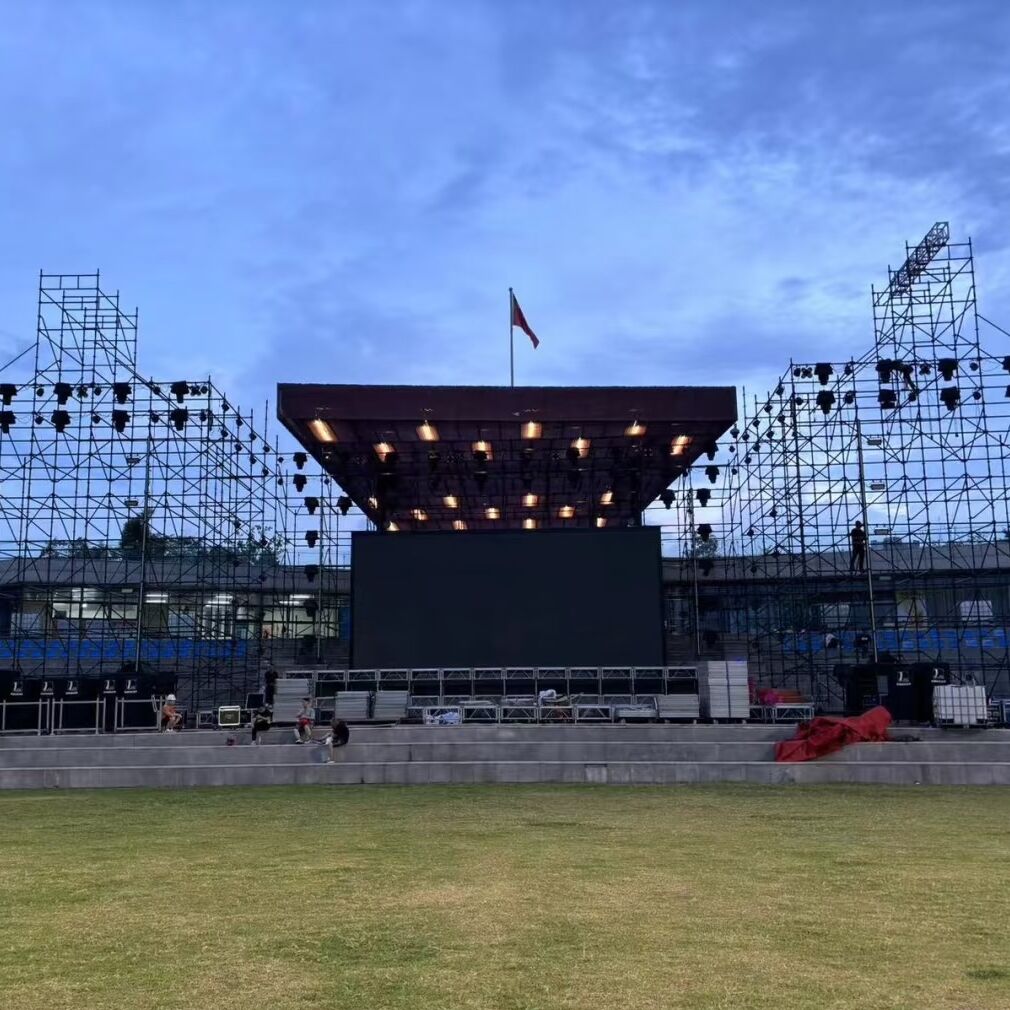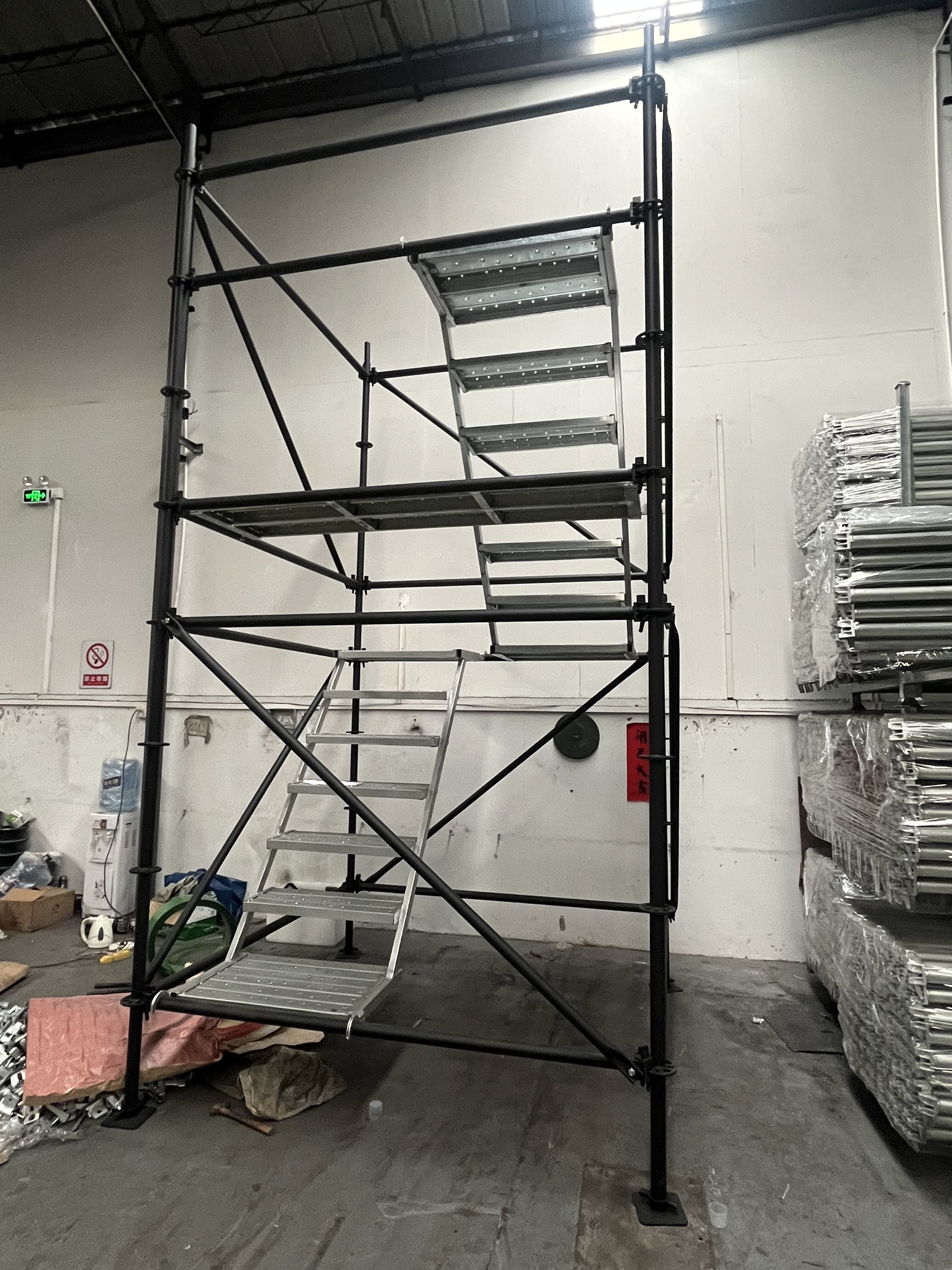multilayer truss
A multilayer truss represents a sophisticated engineering solution that combines structural efficiency with versatile design capabilities. This advanced structural system consists of multiple layers of interconnected members, typically arranged in three-dimensional configurations to create a robust and adaptable framework. The primary function of a multilayer truss is to distribute loads effectively while maintaining optimal strength-to-weight ratios across large spans. By incorporating multiple layers of structural elements, these systems can handle complex loading conditions and provide superior stability compared to single-layer alternatives. The technology behind multilayer trusses involves precise geometric calculations and strategic placement of connecting nodes, enabling the structure to resist both compression and tension forces effectively. These systems find extensive applications in various construction projects, from large-scale commercial buildings and exhibition centers to industrial facilities and transportation infrastructure. The design flexibility of multilayer trusses allows architects and engineers to create expansive, column-free spaces while ensuring structural integrity and safety. Modern manufacturing techniques have enhanced the precision and efficiency of multilayer truss production, incorporating advanced materials and innovative connection methods to improve overall performance and durability. The system's adaptability to different environmental conditions and loading requirements makes it an invaluable solution for contemporary construction challenges.


